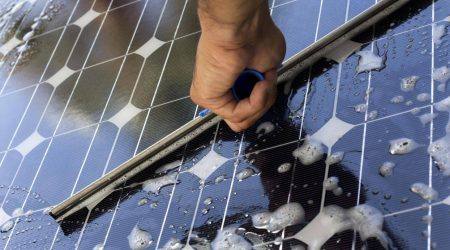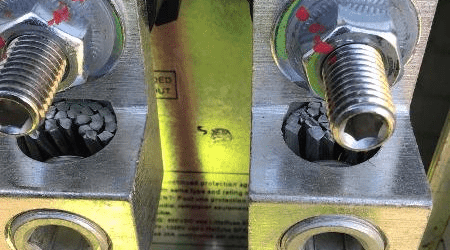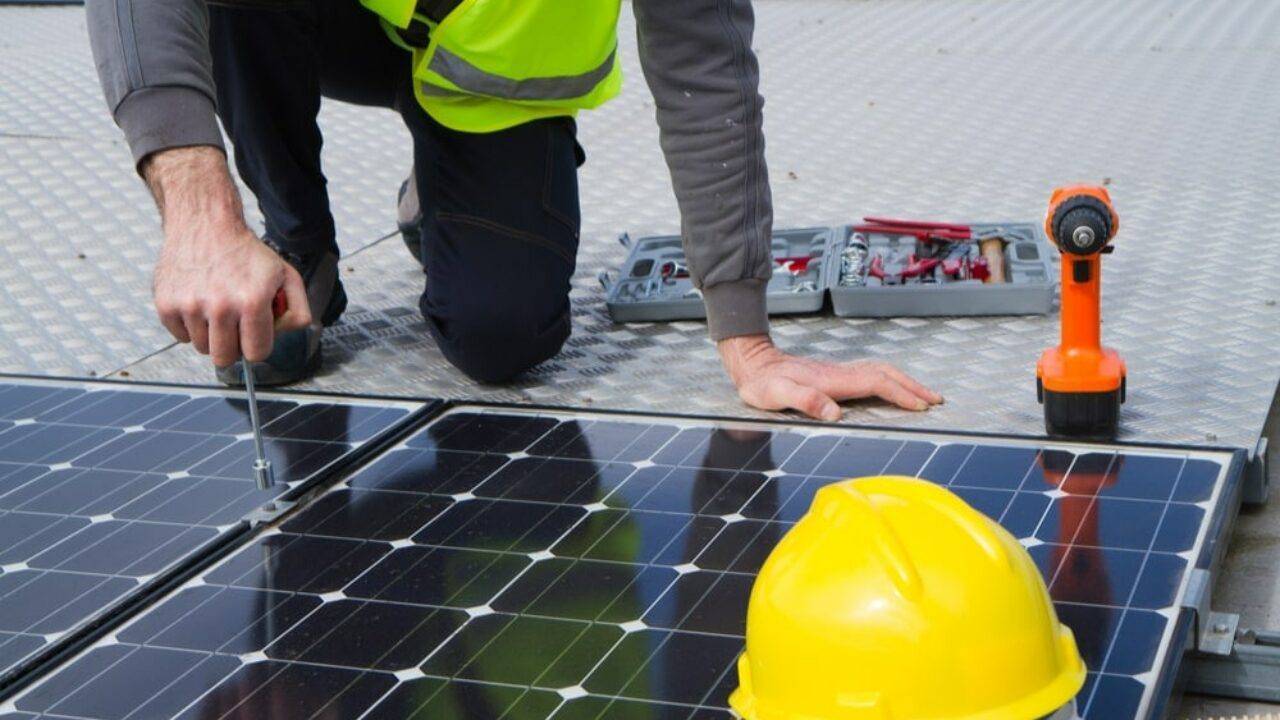Are you terrified you made the right decision to go solar?
We know homeowners are not always happy about going solar. The solar Industry can be complex and you may find It difficult to know what you signed up for. Use this guide to help you define the terms your solar salesman may have used to convince you to do It.

Table of Contents:
1.Solar Terms and Definitions
2.Does solar completely replace electricity?
3. Understanding Solar Renewable Energy Credits?
4. What Happens With My Old Bill?
5. Understanding My Solar Warranty?
6. How long does it take from start to finish?
7. What About Maintenance?
1.Going Solar Terms and Definitions
FAQ
Most frequent questions and answers
This term is used to stand for the energy that comes from sources that bring minimal or no harmful causes to the environment. The sources for this kind of energy are usually natural and renewable.
Another crucial term in the solar dictionary is kWh (kilowatt-hour). This is the standard unit for measuring electrical power. When billing, customers are billed using kWh. The term is used to refer to the measure of power that is used to run a certain device for one hour.
An electric or utility grid, is a series of an interconnected network which helps deliver electricity t to the final consumer, from the producers
An energy audit is a process in which the homeowner assesses the amount of power that their home or business requires or uses. The process can also incorporate various ways they can use to make their buildings more energy-efficient.
This is a solar system that connects to an electrical grid. People who reside in areas with minimum sunlight, or cannot independently support their full power needs through their solar system can join the grid. A connection to the grid helps to balance the power and ensure that you don’t lack power at hour home. If you want to install a grid-connected solar system, you should first get in touch with your local utility company.
2.Does solar completely replace electricity?
A common misconception about installing solar panels is that your electric bill will go away entirely. Even if you install enough solar to completely offset your electricity use, you will still receive an electric bill from your utility as long as your property remains grid-connected.
3.Solar Renewable Energy Credits (SRECs)
A Solar Renewable Energy Credit (SREC) represents the “green” value of your electricity. SRECs are sold separately from the physical electricity that your solar panels produce. Think of them like a “voucher” that proves that the electricity from your solar panels is renewable.
4. What Happens With My Old Bill?

You will still have a bill each month and it will show how many kWh you have used and produced. Most likely you will use some amount of energy from the grid and you will not have 100% offset. However, you should be charged quite a bit less given you will not use as much energy.
5. Understanding My Solar Warranty?
A solar panel’s product warranty insurance covers the integrity of the panel itself and protects you against problems such as manufacturing defects, environmental issues, premature wear and tear etc. As with most warranties, a longer period is generally more advantageous to you, if you own your solar panel system
6. How long does it take from start to finish?
Frequently Asked Questions
Most frequent questions and answers how long It will take
Design Approval
The solar professional isn’t finished at this point. After the site evaluation, the solar design expert will make any number of adjustments to your home solar power system plan, your quote, and the best way to build the conduit to make everything look perfect. Finally, she will email you for final approval. How long does this take? Approximately 1-3 weeks. A good solar company will consider permitting from the start of the project and orient the timeline expectations to the customers around how long the final documentation will take. This is the longest part of the wait. It could be anywhere from 2-8 weeks.
Permitting
The next step is getting permission from the city to start construction. This starts the tricky phase because you’re dependent upon bureaucracy. In some jurisdictions it goes quick. In some, the wait can be agonizing. Your solar professional usually is accompanied by a determined permitting expert who gets to know her government officials by name and develop a rapport with them.
Installation
So now your permits have come through and you’re ready to go. The solar company is usually chomping at the bit to get the home solar system installed. The parts are ordered, everyone shows up on time early in the morning all ready to go. Now let’s install the most beautiful panels in the world onto your roof or on a ground mount. How long does this phase take? You’re in luck. It’s generally 2-5 days!
City/County Inspections
When your construction is finished, the city or county is required to do a final inspection before your system can be connected to the grid. Depending upon the time of year, the backlog of solar inspections, and the sheer competence of your local government, the estimated time to complete this step is generally 1-4 weeks
Utility Interconnection
You’ve got your permits, you’ve installed your solar panels, you’re connected to the grid, now it’s just a matter of time. Unfortunately, this is the time when customers get anxious. They’ve gone through the waiting and the installation is complete, so why isn’t the system producing electricity?
There are two things that need to happen first. The solar company submits the documents to the utility company to connect to the grid. This usually takes 1-2 weeks.
Then the utility has to install the bi directional meter and have it come on line to track how much energy you’re producing. But for all the efficiency in the world, this is the spot where our customers get the most antsy. The waiting can sometimes be excruciating and we have little control over how long this step is going to take. Literally. How long does it take? In our experience 2-4 weeks.
So overall dealing with the utility takes between 3-6 weeks. There’s nothing we can do about it. We just have to tell you to be patient. From initial site assessment with your solar salesperson to when the system finally goes online can take between 2-3 months on average. It’s not like buying a car and driving right off the lot. Things are a little more complicated.
Conclusion
The major dissatisfaction in the customer process are the delays in the permitting process and with utility interconnection. These are issues that solar companies are desperate to fix and smooth out. The thing is, often times, the permitting departments in the more rural counties might only have one staff member dealing with everything. Solar being the growing industry that it is, a lot of these government departments are simply understaffed to handle the solar permitting requests. This creates a bottleneck in each project that cannot be worked around. Unfortunately the permitting process is all too often the number one cause of delay and origin of customer annoyance.
7. What About Maintenance?

SOLAR PANEL CLEANING
Annual cleaning Is required. You may find that manual cleaning is necessary if there is a buildup of tree debris, dust, or bird droppings on your panels. In this situation, simply rinse the panels with a hose, and if necessary, wipe them down using a small amount of Glass Gleam and a soft sponge or cloth. Be sure not to use anything abrasive, as it can damage the panels.

MOST CRITICAL FAILURES
What is the most common root cause for catastrophic electrical and mechanical failures? Torque! This is a commonly used term in Solar PV system inspection, which refers to the act of tightening a mechanical fastener. The fastener can cover a wide array of details electrical connections including electrical boxes, and weather tight seals on conduit and enclosures.

SOLAR PANEL MAINTENANCE
At least once a year, we recommend inspecting electrical conduit, fittings, ground conductors, and any visible electrical hardware for security and signs of damage. Inspect PV wiring/cables to make sure they are not touching the roof, or otherwise unsecured. All PV wire should be securely coiled, fastened to the racking with manufacturer approved clips.
